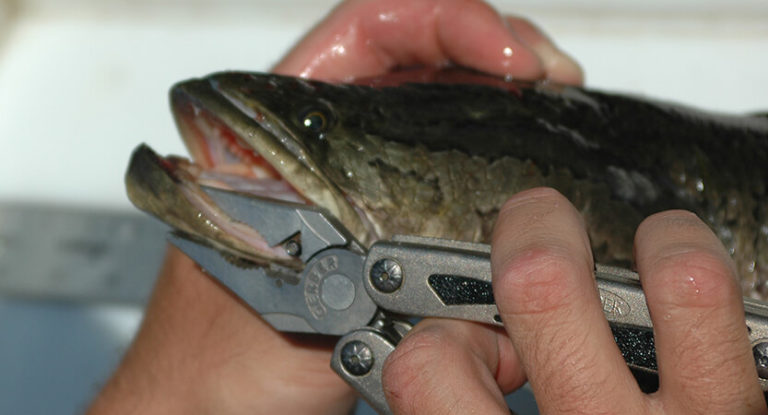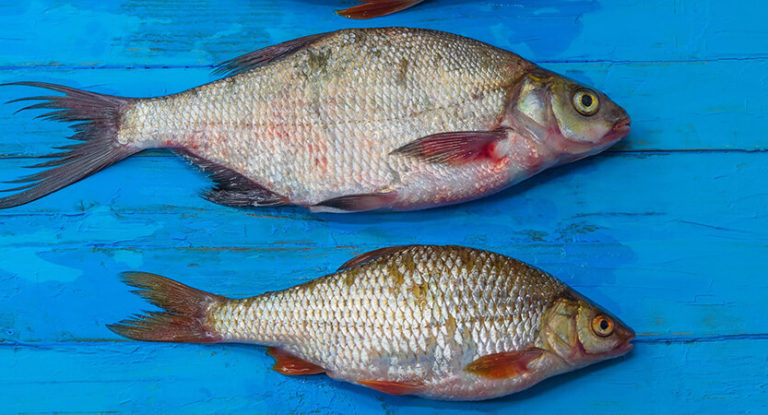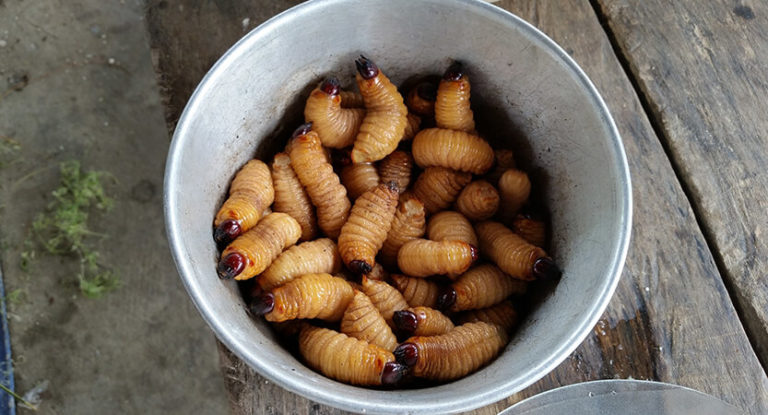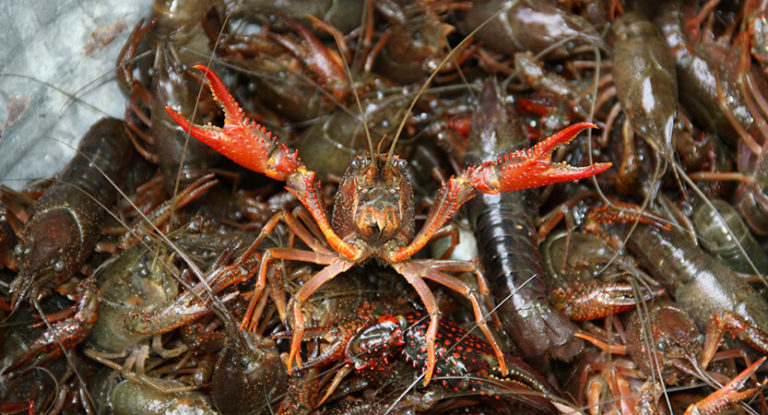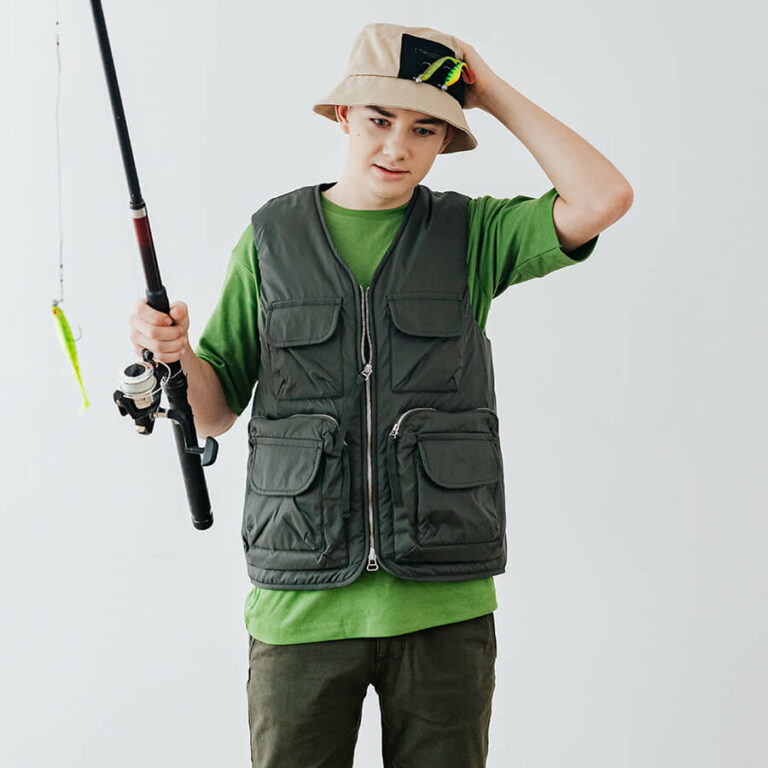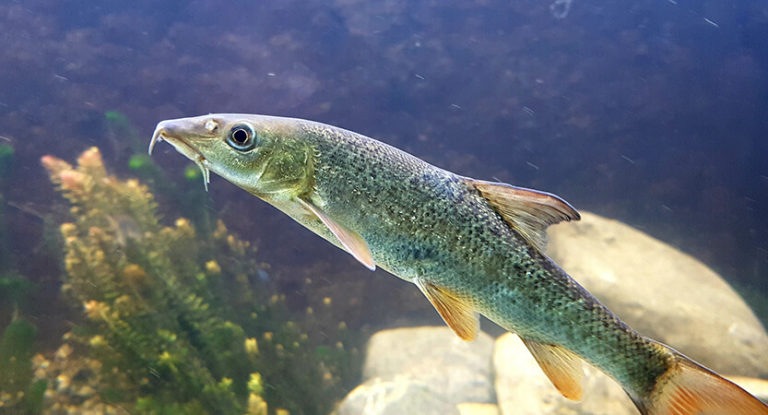One of the most versatile and favorite bait fish is the bloodworm. Both peaceful representatives of the ichthyofauna and notorious predators are not indifferent to it. The only drawback of this food, which is tasty from the point of view of fish, is its exceptional delicacy: it is rather difficult to put bloodworms on the hook in such a way that it retains an attractive appearance and activity. But probably!
In this post, we will take a quick look at the storage and selection of larvae, as well as their use for fishing. But the main object of attention will be the process of baiting the most delicate bloodworm on a hook. Believe me, this is a very important point, because the fish prefers the larvae of a cheerful red color, seductively wriggling and radiating vitality in all kinds. An extra couple of minutes of the life of a bloodworm on a hook is another chance for a bite.
Here is an overview of the content of this tutorial, feel free to jump to any section you care about:
For more fishing instructions, take a look at these popular Trizily links: Best Baitcasting Reels, Best Underwater Fishing Cameras.
- How To Fish With A Wobbler (Complete Guide)
- How To Catch Big Fish- Tactics, Lures and Tips
- How To Put Fishing Line On A Reel (Complete Guide)
Using bloodworms in fishing
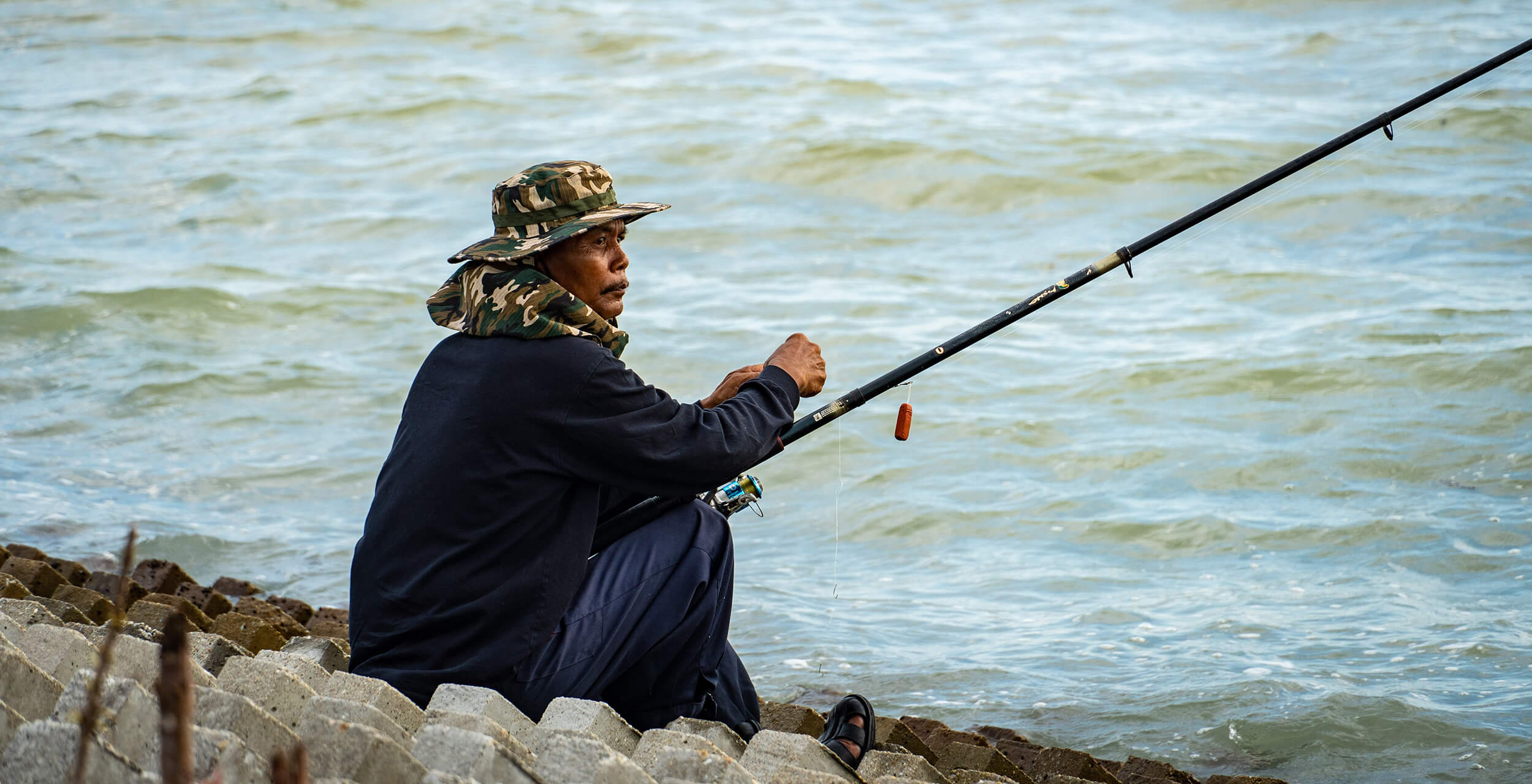
Bloodworms are a versatile food for small to medium sized fish. A pike or catfish, of course, will be tempted by such a scanty treat only with great hunger, but a decent-sized perch or bream is quite.
When using bloodworms as a nozzle, preference should be given to selected specimens obtained by hand (that is, by handicraft). Large individuals, washed up in swamps and silt of stagnant reservoirs and large rivers, are ideal. In the summer they are put on a hook one or several pieces, and in the winter they are used in an alliance with mormysh-moths . By the way, in winter, a bunch of larvae can attract even a decent pike perch or pike.
Small bloodworms live in less swampy water bodies. A special species of it is the bristle worm (larvae caught in the mouths of rivers, where fresh water mixes with sea water). This bloodworm is too small to be used as bait, but it is ideal as an animal supplement to the groundbait mixture. It is used both fresh and dried. Such baits for cold water are especially effective, when even peaceful fish switch mainly to protein foods.
Selection and storage of larvae
As mentioned above, the best (the most active and largest) bloodworm should be selected to be hooked. Unfortunately, bloodworms are often sold commercially with the help of pumps. It is unsuitable for packing and storage: there are too many severely injured individuals, so the selection of suitable specimens is like looking for a needle in a haystack.
Large marsh larvae can be washed on their own using a sieve, a special bucket or a homemade dredge. Moreover, it is better to do this in the fall, when access to the silt is still open (it is problematic to get to the accumulation of larvae under the ice).
Bloodworms live in a humid environment, therefore, during storage, they need to create conditions close to natural. It feels good in damp newspaper, burlap or half potatoes, retaining its presentation and vitality for a couple of weeks (when stored in a cool place). And if you put the larvae in a container filled with water and put it in storage in a cellar, you can provide yourself with bait for the whole winter. Some fishermen manage to ensure the vital activity of the larvae in the flush cisterns, while others acquire special cassettes for these purposes.
Bloodworms can be stored dried and frozen, but only live, bright red, large and active specimens are suitable for hanging on a hook.
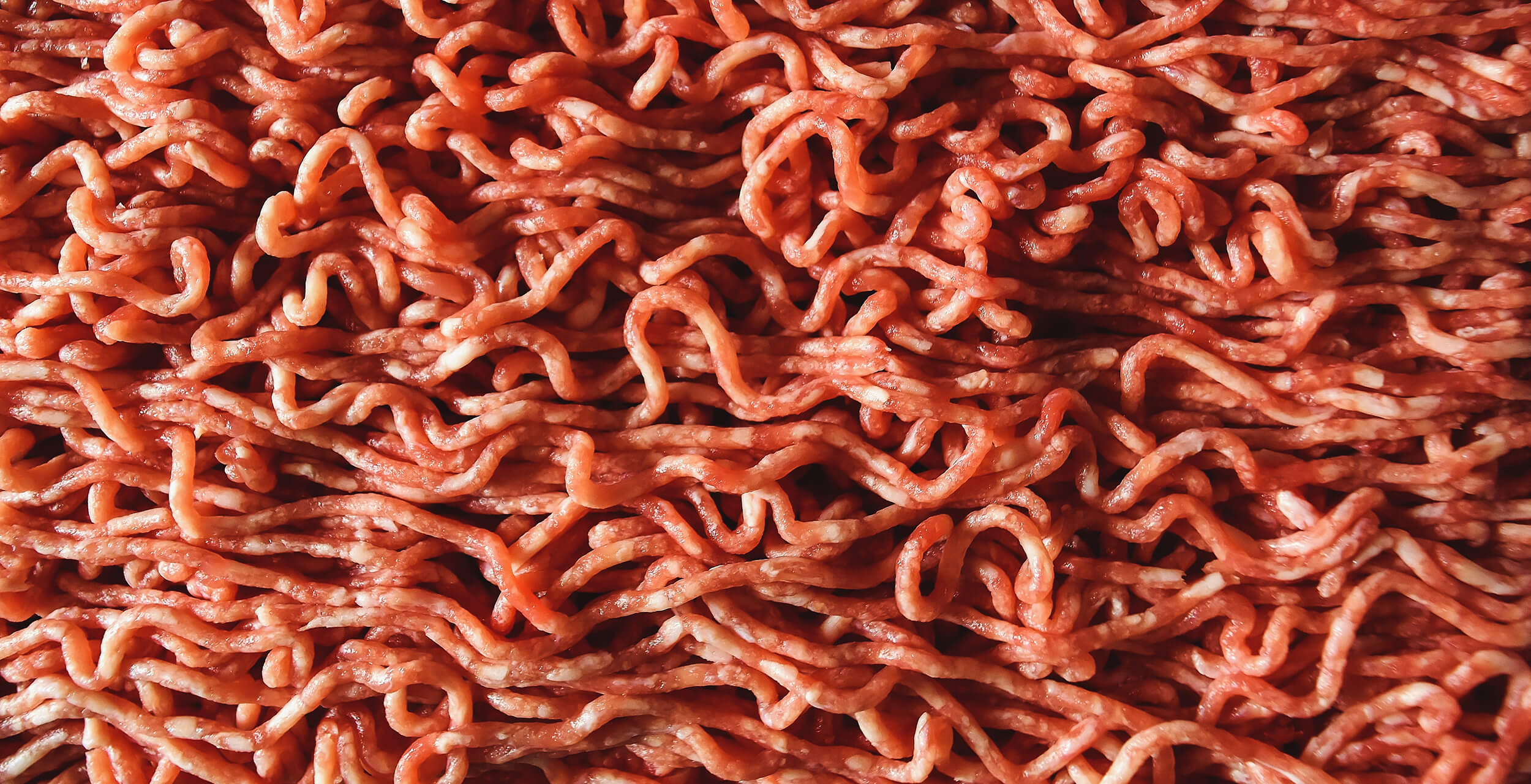
Optimal hook for bloodworms
The body of the bloodworm is very delicate, so this bait requires particularly delicate handling. At the slightest pressure or inept puncture, the contents of the larva will leak out, and it will lose all attractiveness for potential prey.
If you plan to bait the larvae with a bunch through an elastic band, any good quality hook of the appropriate size with a sufficiently long handguard will do. Its size depends on the parameters of the beam (the number and degree of fatness of individuals), as well as the intended prey.
In other cases, special hooks are used, made of the finest wire, with a very sharp tip and a smoothed beard – they injure the delicate body of the larva to a minimum extent. Size – №№12-14 according to the European classification. There are also special hooks-clips that operate on the principle of a clothespin: the bloodworm is not pierced, but is clamped between the elements of the hook.
In winter, bloodworms are often used as a jig attachment. Such a bait, in contrast to a rewinder, has a simpler design and a corresponding hook. It can be used for both active and passive fishing for peaceful fish and small predators. The main potential trophies in winter are roach and grass perch.
There are no special differences between jigging and a regular hook. The general principles of baiting with this tasty, but difficult to use bait remain the same in any season, so we will present them in one section.
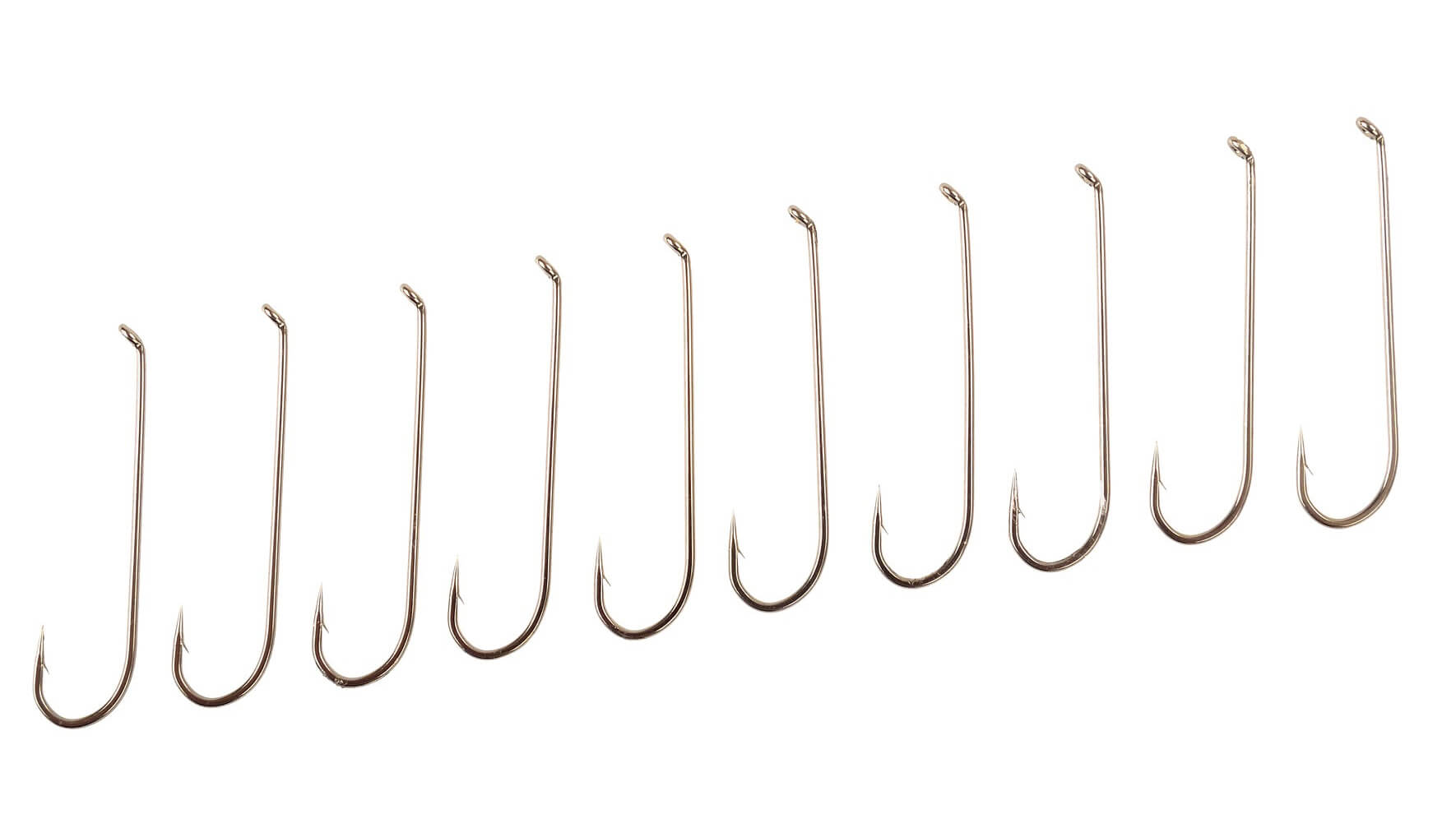
Popular bait methods
Among the most popular options for baiting larvae on standard hooks, the following methods should be mentioned:
- Behind the head . You need to take the selected bloodworm with two fingers, leaving the head on top. The hook should be carefully inserted into the area of the larva’s head (ideally, underneath it), leaving the sting inside. If several bloodworms are planted, the sting remains inside the last individual.
- For the body . The hook is passed through one or two segments of the larva’s body (inserted inward and outward). In this way, usually up to five individuals are caught. It is advisable to hide the tip in the body of the last larva.
- For the “belt” . In fact, we are faced with a simplified version of the previous method: one large larva clings to the body approximately in the middle. The sting is brought out. The larva actively wriggles with its entire body, which attracts fish. This method is especially good for roach.
- Stocking . This method is most popular for earthworms, but it is also applicable for large specimens of bloodworms. The larva is put on the hook completely, from head almost to tail, but it is better to leave the tip free: it will wriggle seductively, attracting fish.
- Sports . In this case, speed plays a huge role, and the angler has no time to bother with accurate bait. Therefore, several individuals are taken and randomly pierced with a hook, which one will catch on. With an active bite, the fish is not particularly picky, so the proposed “dish” will certainly suit it.
Bunch attachments for bloodworms
The first option is the clothespin hook already mentioned above, ideal for using small bloodworms. It consists of two halves united by a spring. The hook opens when the spring is pressed. It is enough just to immerse it in a container with a bait and to loosen the pressure – and several larvae will surely remain trapped in the structure.
The second option is a homemade sheaf baler. It is quite simple to make it:
- We take the most ordinary ballpoint pen and disassemble it. We only need the front long part.
- We cut off or break off part of the element at an angle, thus obtaining a miniature improvised scoop.
- We put on the device several nipple elastic bands.
- We scoop up a few larvae with a “scoop”.
- We pull the gum down onto the bloodworms, and we get a bundle, which is put on the hook.
You can also purchase a ready-made bundle in a specialized store. It is a structure consisting of a handle, a plastic body, metal springy tendrils and rubber bands worn on them.
First you need to squeeze the handle and place the parted antennae in a container with a bloodworm. Then it is necessary to loosen the pressure so that the larvae are squeezed between the converging antennae. It remains only to pull the rubber band down onto the bunch of larvae. You can immediately put a bunch of bloodworms on the hook, passing the sting under the elastic while still on the antennae of the bunchy, so it’s easier to pull it together.
Tips from experienced anglers
And at the end of our publication, let me give you a few recommendations according to the established good tradition :
- Change the bait often. Bloodworms are arguably the most delicate freshwater fishing lure ever. Even with extremely careful insertion, the lifespan of the larvae on the hook is calculated in minutes, so do not be lazy to change the bait constantly, especially for passive fish.
- Application of “sandwiches”. Constant reloads also do not increase the effectiveness of fishing, therefore, together with a gentle bloodworm, you can put on a hook a much more viable maggot.
- Removal of sleeping individuals during storage. If you do not use the larvae immediately, be sure to remove the dead individuals from the general container: they will sour and poison the rest.
Do not ignore the advice of seasoned anglers and do not be afraid to use such a delicate bait. She is loved by fish in any season, and in winter she is even the most exquisite delicacy for her!

